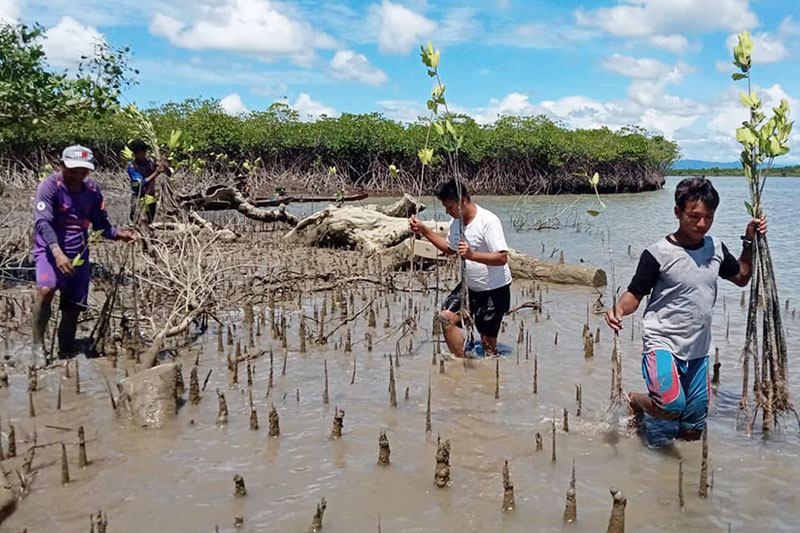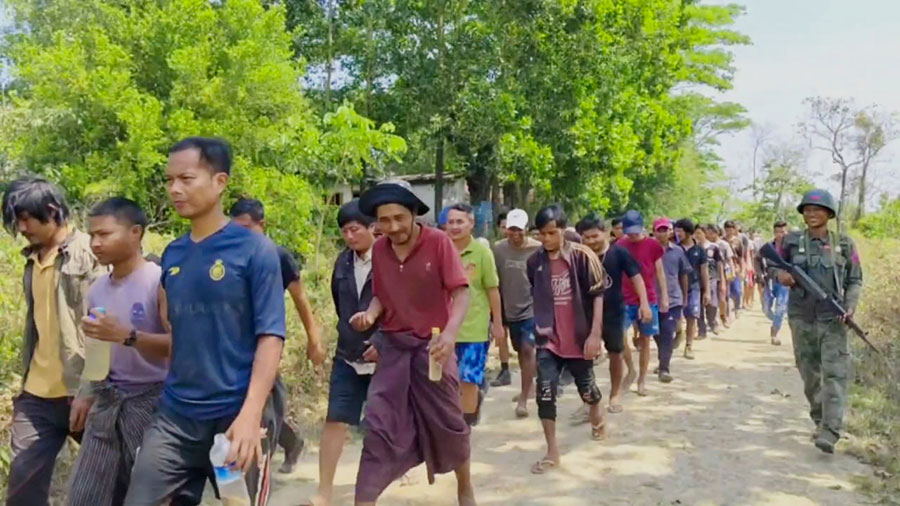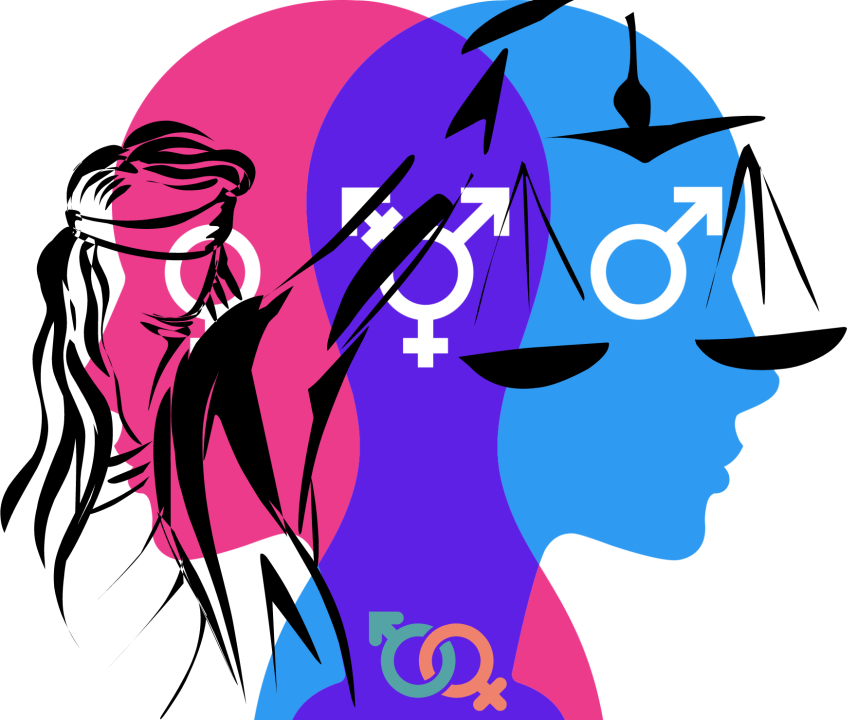- Junta conscripts 500 Muslims in Sittwe
- Thousands of houses torched, bulldozed by junta in Buthidaung
- Driver killed, two injured as junta soldiers open fire on bus in Thandwe Twsp
- Regime shelling kills two civilians, injures another in two Arakan State townships
- Septuagenarian loses leg in landmine explosion in Kyaukphyu Twsp
Mangrove planting in Arakan State hampered by COVID-19 pandemic, conflict
Mangrove cultivation cannot be carried out in some Arakan State townships due to the coronavirus pandemic and ongoing armed conflict in the region, according to a mangrove conservation group.
15 Sep 2020

Nyan Hein | DMG
15 September, Sittwe
Mangrove cultivation cannot be carried out in some Arakan State townships due to the coronavirus pandemic and ongoing armed conflict in the region, according to a mangrove conservation group.
Plans are in place to plant more than 100,000 mangrove trees across Ann, Kyaukphyu, Taungup, Myebon and Pauktaw townships, but the trees — an important bulwark against coastal erosion — cannot be planted in Pauktaw and Myebon for the time being, said Ko Myo Lwin, a leader of the Ann Township Mangrove Trees Conservation Group.
“At present, we can grow mangrove trees in three townships, but we can’t cultivate the mangrove trees due to armed conflicts. We have travel restrictions in Pauktaw Township amid the COVID-19 pandemic,” he told DMG.
More than 50,000 mangrove trees have been planted in Ann, Kyaukphyu and Taungup townships, with the cultivation efforts also partly depending on tidal conditions, Ko Myo Lwin explained.
“We mainly plant two types of mangrove trees. We faced difficulties when growing mangrove trees because cultivation of mangrove trees relies on the rising and falling of the tides. We have already planted over 50,000 mangrove saplings,” he said.
The Forest Department compiles and updates information on mangrove forests throughout Myanmar once every five years. The most recent tabulations, from 2015, found that Arakan State had 395,726 acres of mangroves in total, U Zaw Myo Hlaing, assistant director of the Arakan State Forest Department, told DMG in July.
Mangrove deforestation remains a concern in Arakan State and elsewhere along Myanmar’s 2,228-kilometre coast. The trees are cut down to develop areas for prawn or fish farming, or to make way for dams, destroying the habitats of aquatic wildlife and negatively impacting climate change resilience, mangrove conservationists say.














